Shokz OpenRun Pro 2 review: Smart bone conduction headphones with enhanced bass
Shokz's headphones changed my opinion about running while listening to music, and now I struggle to go out without them

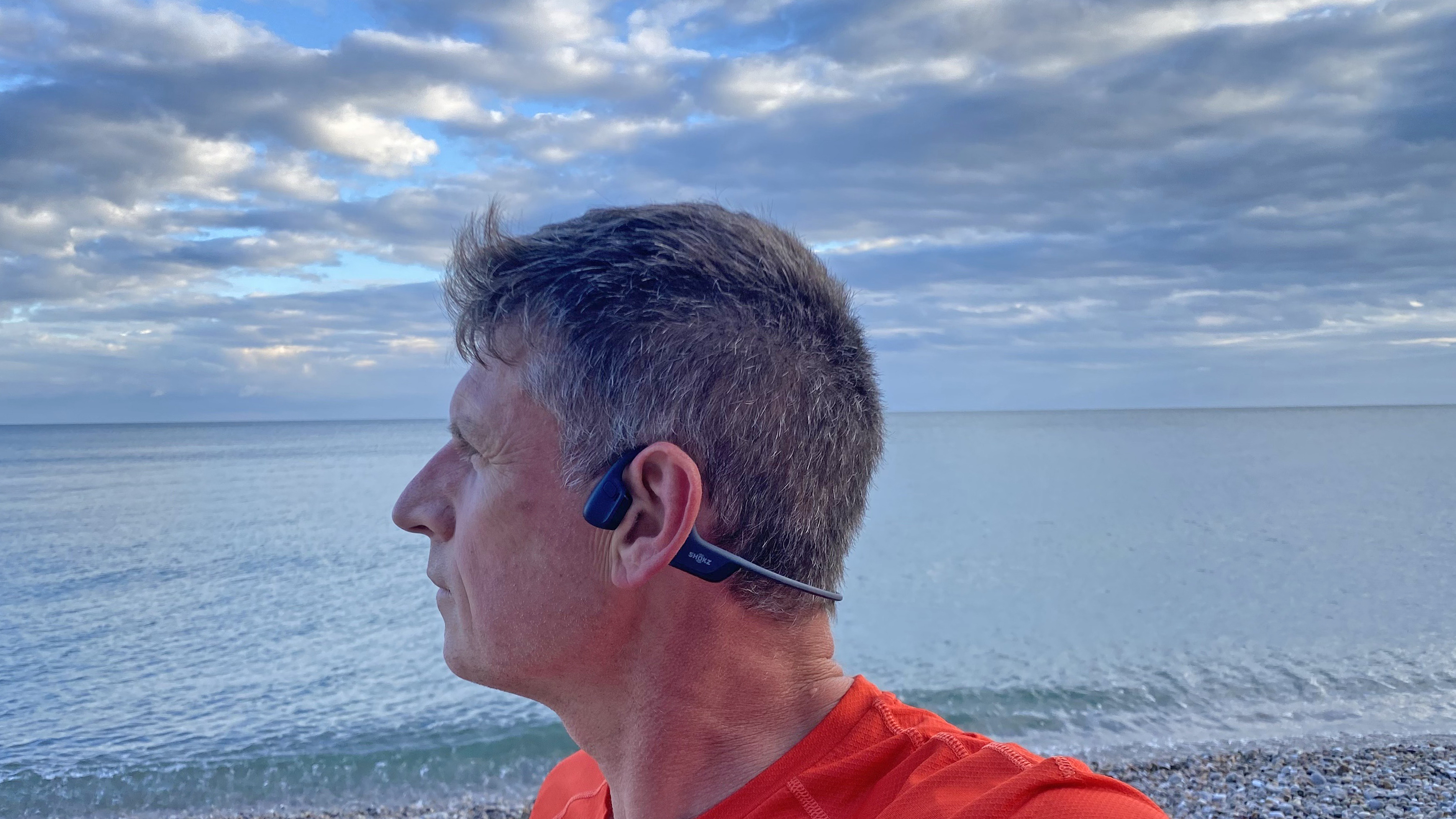
The Shokz OpenRun Pro 2 takes bone-conduction technology to the next level, delivering impressive sound quality with a noticeable bass boost while maintaining the open-ear design that allows you to stay aware of your surroundings. Its lightweight, comfortable fit, extended battery life, and improved sound customization make it a fantastic option for runners, cyclists, and outdoor enthusiasts who want a balance of immersive audio and safety during their workouts.
-
+
Excellent ‘Dualpitch’ audio performance
-
+
Inbuilt intelligent volume optimisation and noise-cancelling tech
-
+
Safe to use on the street and during events
-
+
Long battery life
-
+
+ Weather and sweatproof
-
+
Choice of headband size
-
-
Changing EQ settings on the move is fiddly
-
-
No auto powerdown
-
-
Non-adjustable headband
Why you can trust T3

First, an admission: I love music and I also listen to plenty of podcasts when I’m sat around at home or diving around the country, but I rarely wear headphones while running or riding, or doing any other outdoor activities in the wilds. I run on trails almost exclusively, avoiding tarmac wherever possible, because road running bores me to tears.
And one of the things I love about lacing up my trail running shoes and going scampering along forest footpaths, hillside trails and coastal tracks is the twittering of woodland birds, the noise of the wind in the trees and the sound of the sea shoving pebbles around on my local beaches.
Typically, I get enough sensory stimulation from such things to keep me going – in fact, I enjoy the headspace and relative silence going for a run affords me, away from the clamour of a home where teenage kids are noisily testing the boundaries of what they can get away with. Plus, I almost got killed by a car when crossing the road while listening to Guns ’n’ Roses at full volume on a Sony Walkman when I myself was a teenager.
Suffice to say, when I was asked to review the Shokz OpenRun Pro 2s, I knew they would probably be among the best running headphones on the market, but I also thought it would take something pretty special to change my mind about running with headphones on. But test them I did, over the course of a couple of months. And this is what I discovered.
Shokz OpenRun Pro 2 review
Price and availability
Shokz OpenRun Pro 2 headphones were launched in September 2024 and are available now in the UK for a recommended price of £169; in the United States they retail full price for US$179.99, and in Australia they cost A$319.
Specifications
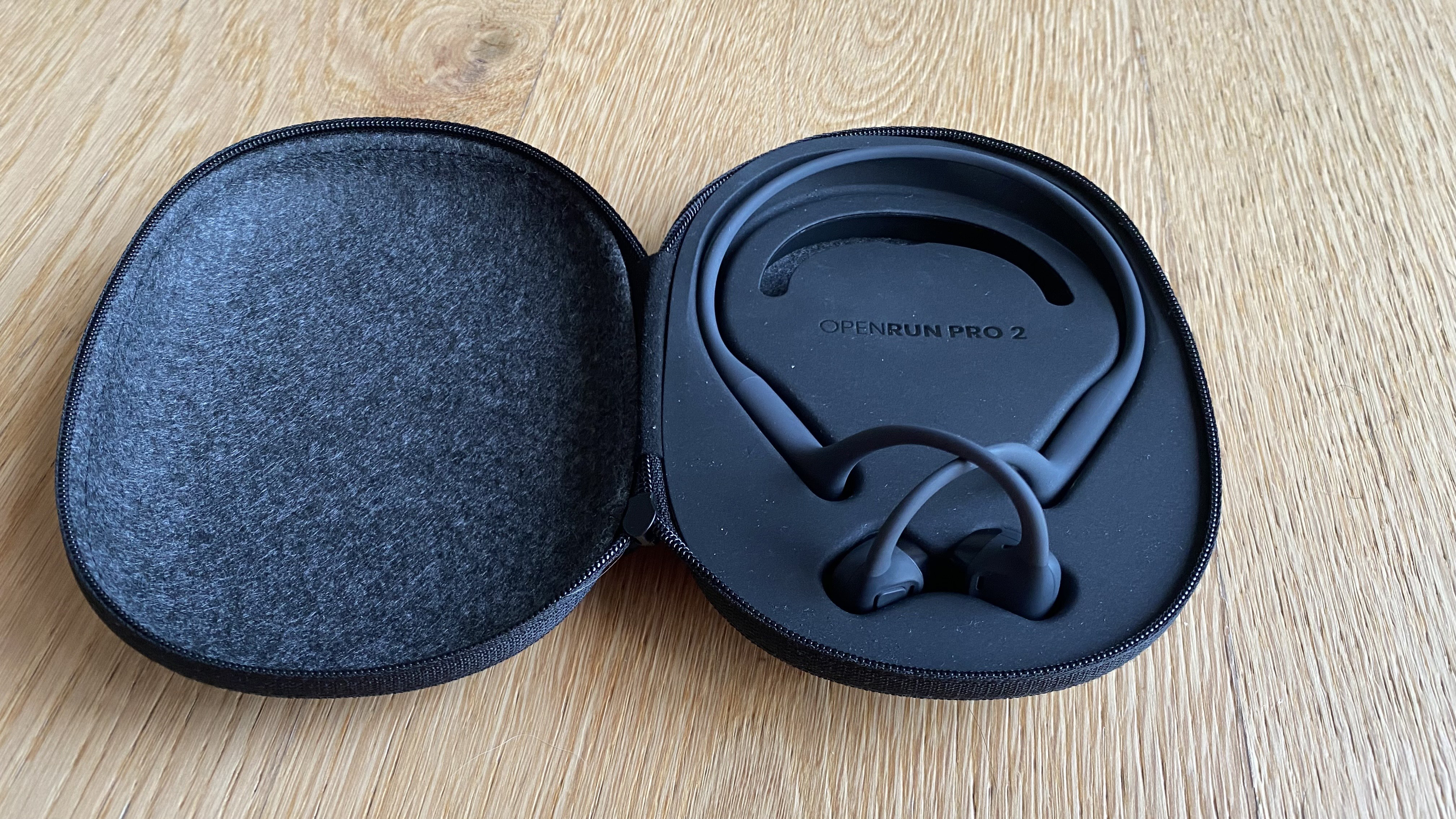
- Sound Technology: DualPitch Technology (bone and air conduction)
- Battery life: Up to 12 hours
- EQ Modes: 4 pre-set EQ modes + 2 customizable EQ profiles
- Call Quality: Dual noise-cancelling microphone with AI noise reduction and wind resistance
- Colours: Black / Orange
- Dust and Waterproof rating: IP55 (fine to wear in the rain)
Design and features
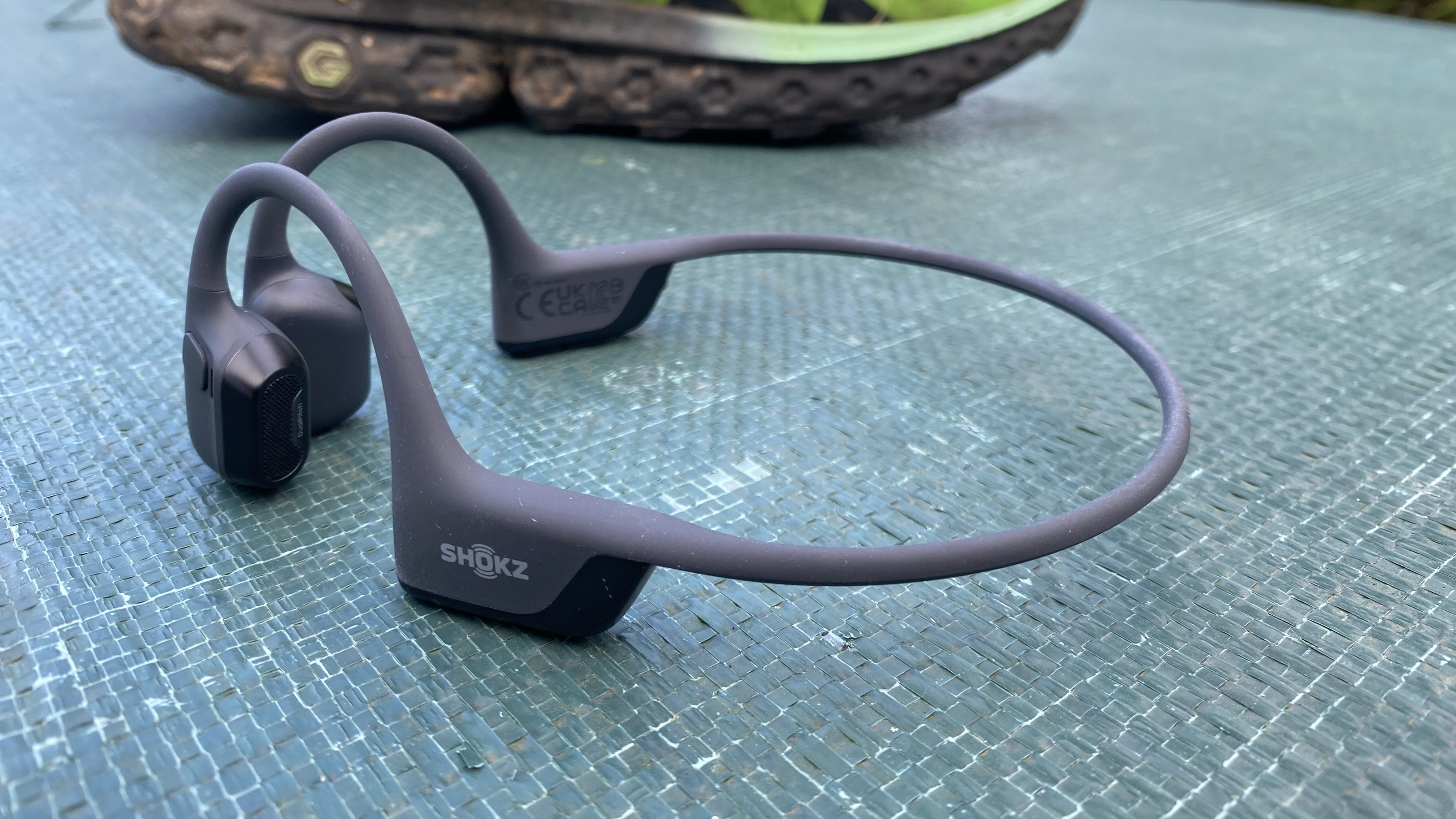
Shokz specialise in creating sound solutions for outdoor-active people, and the OpenRun Pro 2 is the latest, smartest member of a family of bone-conducting headphones designed specifically for this purpose. As a quick recap, this technology delivers audio via vibrations transmitted through your cheekbones to your inner ear, rather then sending sound through the air and directly into your lugs, like standard headphones and ear buds. This has several benefits: for starters the speakers don’t get all clogged up with ear wax, and more importantly, other noises – such as safety warnings, instructions from race marshals, and even bird song – can still be perceived by the wearer.
Things have moved fast over the last 10 years, and the OpenRun Pro 2 headphones utilise 9th-generation bone conduction technology. But that’s not all. Alongside the bone conduction speakers, this new model also features air-conduction speakers. The first supplies the mids and highs, while the latter brings the bass notes to the party, but in a carefully controlled way. This new set-up is called the Shokz DualPitch system, and the brand is billing it as a game changer in terms of sound quality.
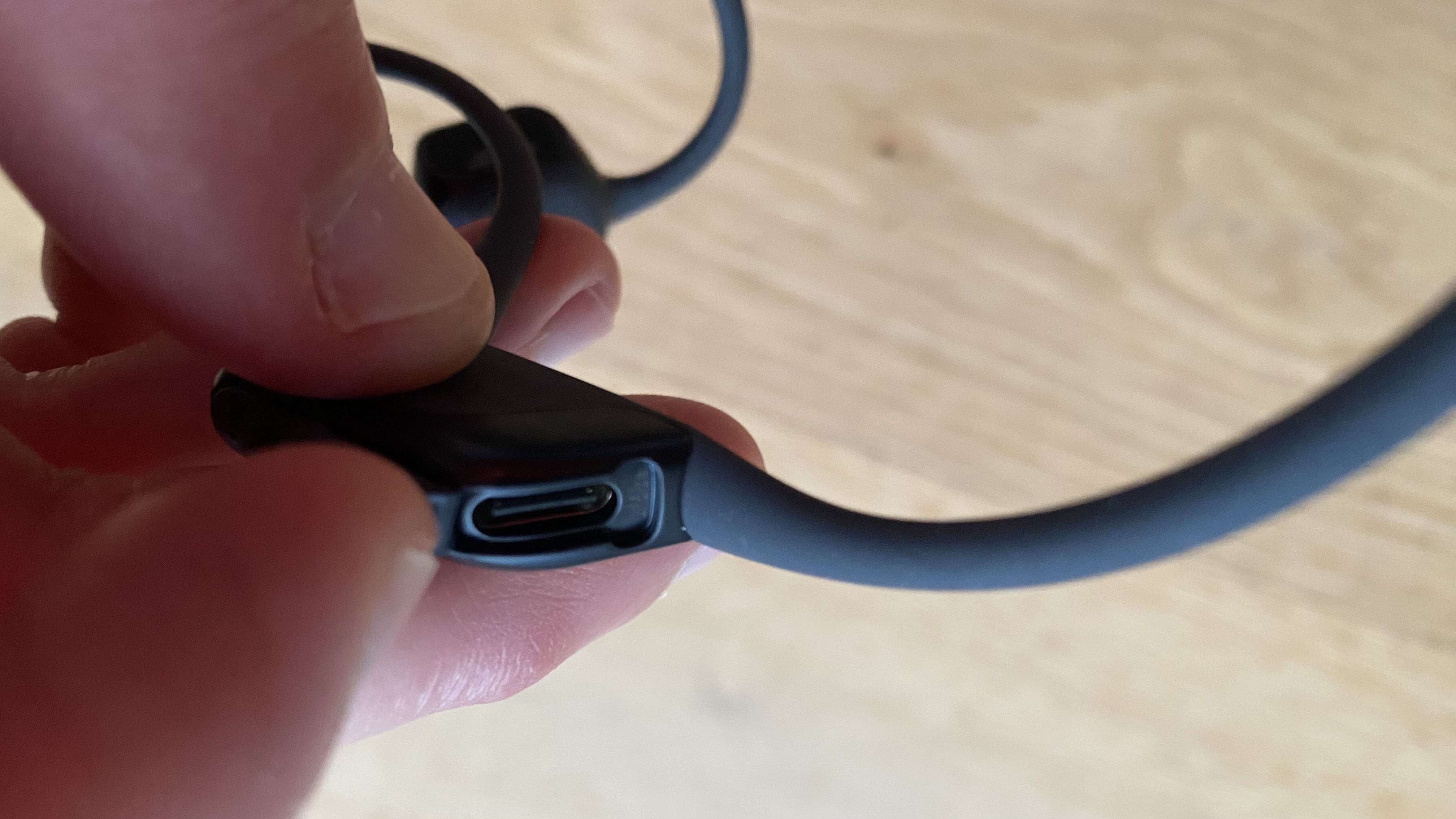
If you’re the kind of runner who wants to take phone calls while you’re out and about (which I’m definitely not, except in proper emergencies) then the OpenRun Pro 2 boasts dual microphones and noise-cancelling tech to deliver very clear call quality. You can answer calls with a single click of the multifunction button on the left ear loop, a feature that also lets you easily manage your music choices while you’re on the move.
And there are several more significant developments on the OpenRun Pro 2 that set it apart from the OpenRun Pro 1. While the original was rejuiced via a magnetic charging port, the new model has a USB-C charging port, which means you can restore it to full power much quicker. And once it is fully juiced, it will last longer, with a significant increase in the single-charge battery life from 10 to 12 hours.
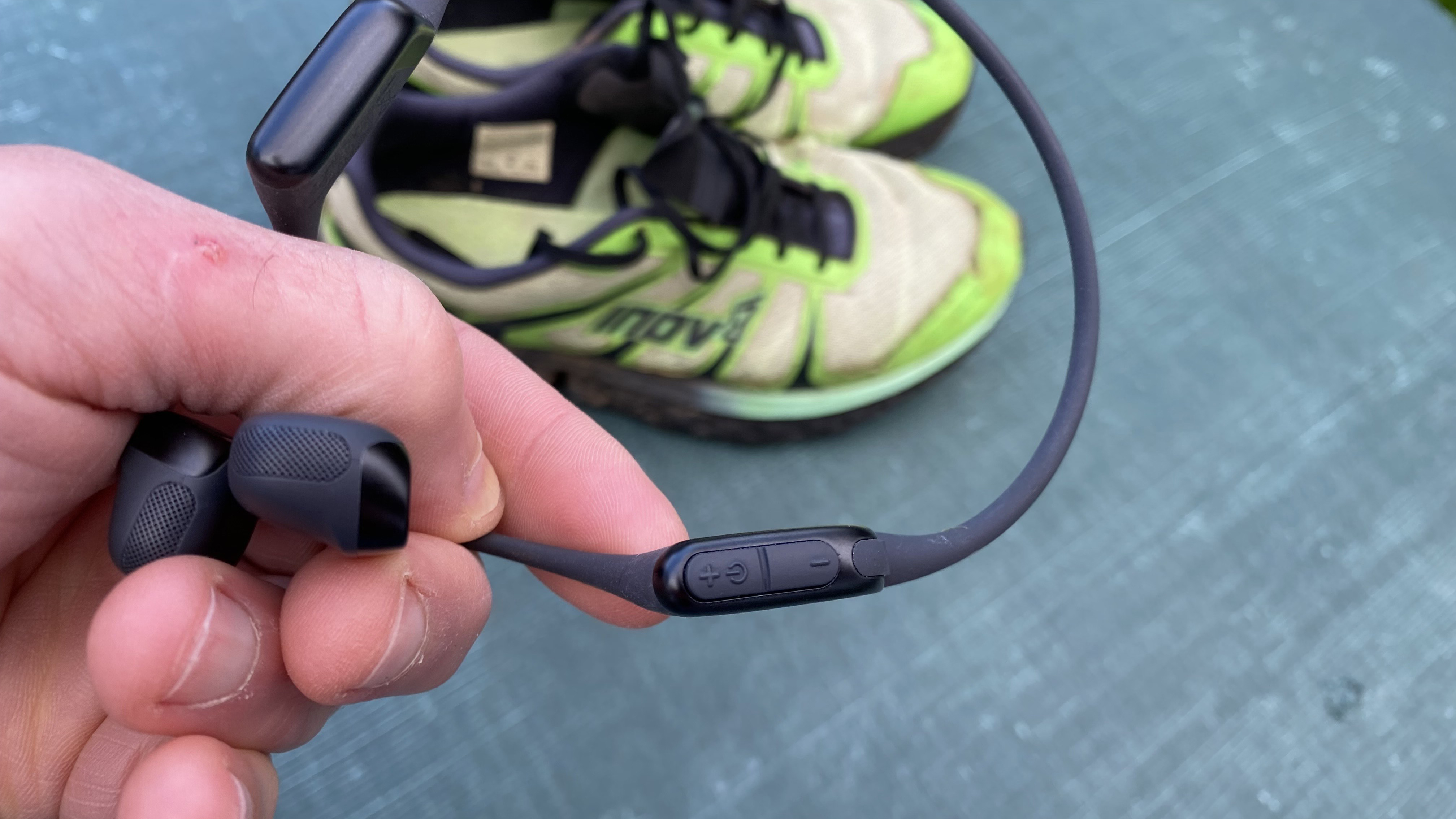
Unlike the older model, which had just the one balance setting, the Shokz OpenRun Pro 2 offers four preset EQ (equalisation) modes - Standard, Vocal, Bass Boost and Treble Boost, which you can toggle between by pressing both the power/volume-up and volume-down buttons at the same time. If you really want to personalise the levels of your music, it’s also possible to create a further two customised EQ profiles.
Some adjustments have been made to the head harness as well, which is lighter than ever and is now available in a couple of colours (black or orange) and several sizes. An integrated Ni-Ti alloy memory wire has been introduced to enhance the grip and reduce movement while you are running, plus the ear hooks have been made extra ergonomic and a soft silicone finish improves the overall comfort level, especially for those with less hair on their head.
Performance
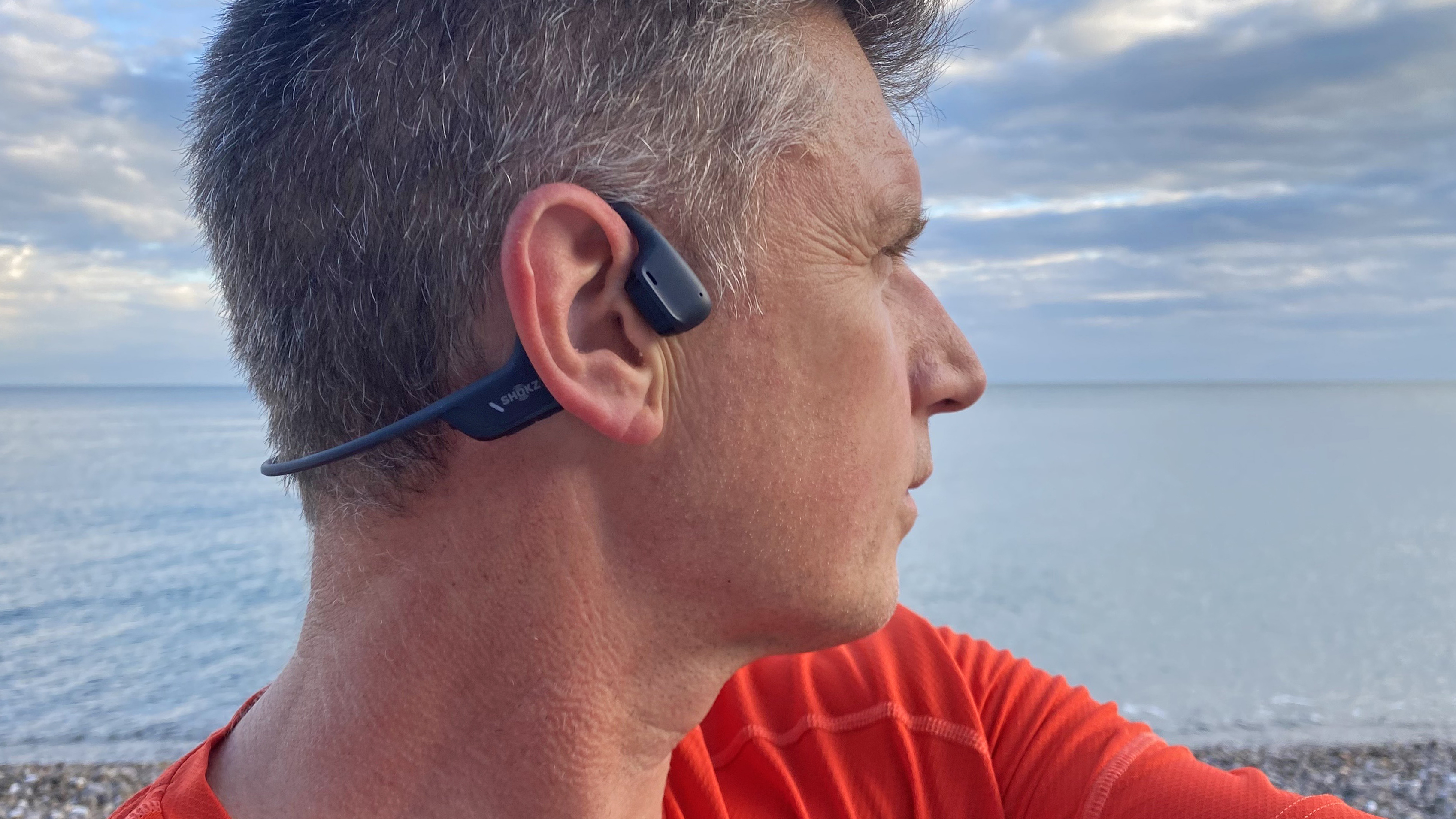
Just like it’s predecessors, the OpenRun Pro 2 delivers high-definition sound via an open-ear system, allowing you to listen to music, immerse yourself in a podcast or take a call while you’re out running, without completely shutting you off from the rest of the world. With this kind of tech, you are much less likely to step out in front of a car halfway through Sweet Child of Mine.
Beyond that, this new model also intelligently optimises the volume range according to your surroundings, to improve your listening experience. I found that, with the volume set to the right level, not only could I avoid getting killed, I could also still hear sounds such as birdsong alongside whatever I was playing through the headphones. This was quite the revelation, and it made me much more likely to grab OpenRun Pro 2s when I setting off on all sorts of escapades.
But the biggest difference for many users is the introduction of the Shokz DualPitch system, detailed above, which significantly enhances the quality of the listening experience by dramatically improving the bass levels without causing any annoying buzzing (even if you razz it up really loud - although we obviously don’t suggest doing this). It results in a much more balanced sound that will make you appreciate songs you’ve heard a hundred times in whole new way. Despite my initial scepticism, this feature alone put a spring in my step.
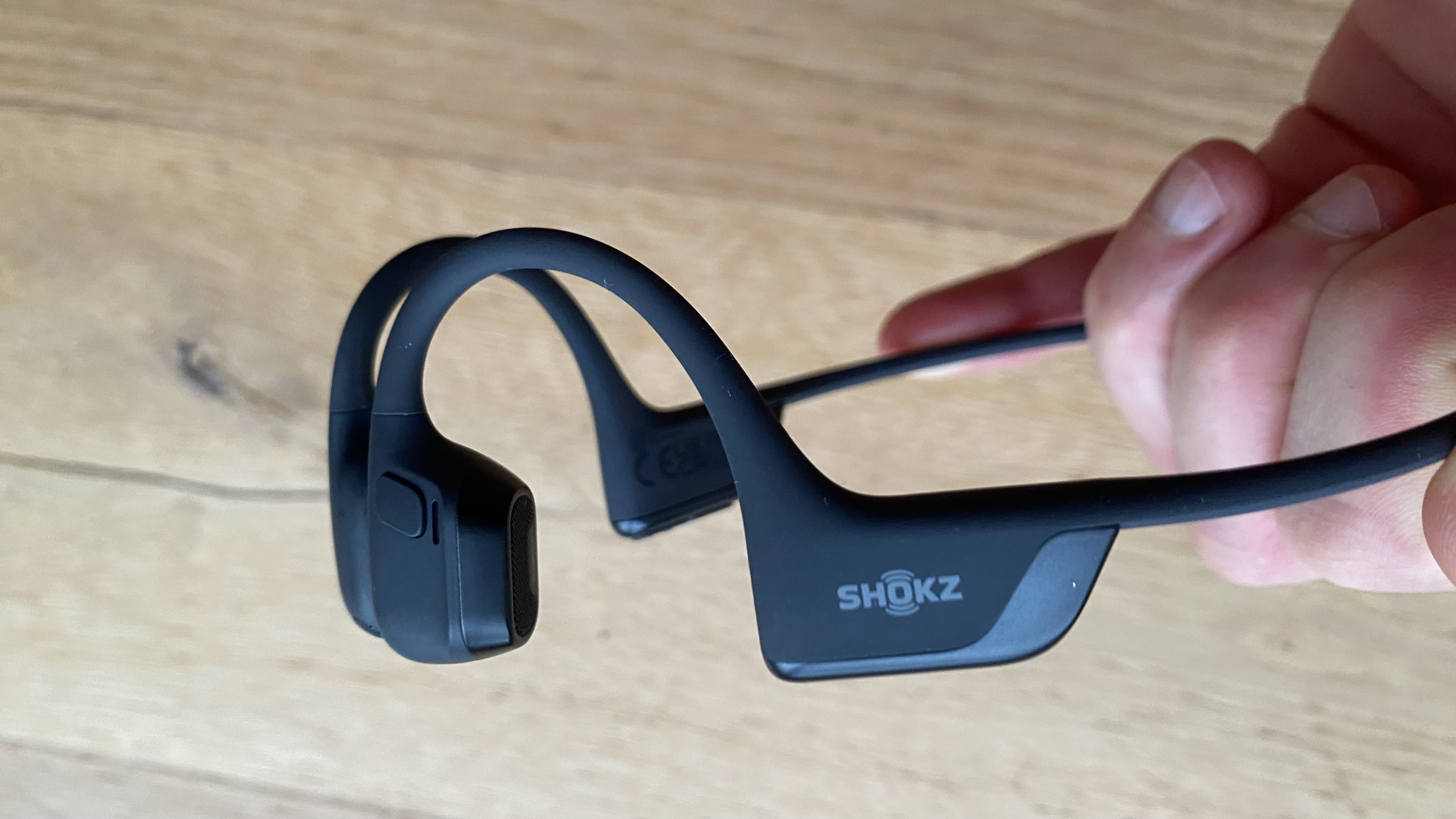
The extra EQ modes are good for people who like to finetune their music, but personally I found it a bit fiddly to toggle through the options while wearing the headphones without accidentally turning the whole system off. For me, and I suspect most other runners, the ability to adjust levels is cool feature, but one that will go largely unused after the initial set-up - once you identify the mode that suits you, it’s rare you’re going to need to mess around with it while out running.
Much more useful is the multi-function button on the left ear loop, which lets you play or pause whatever you’re listening to, or to sip forwards or backwards through a playlist, or answer an incoming phone call.
The extra battery life the new model offers is also a huge bonus. This can make a massive difference, especially for ultrarunners (a group I’m tentatively putting myself in after a few recent adventures), who really need the extra boost some good tunes can provide when energy and morale is ebbing away, which is precisely when a weaker battery will be on its last legs.
This extra longevity is especially good because one of the frustrations I had with the new unit is that it doesn’t appear to automatically power down after a period of dormancy, or at least not very quickly, so the battery continues to drain even when you’re not listening to anything. That said, if you do forget to plug the unit in between runs, you can give the OpenRun Pro 2 a quick 5-minute charge, off the back of which it will deliver 2.5 hours of playback (which is undeniably impressive).
I found the OpenRun Pro 2 headphones very comfortable to wear. With the rear wire sitting slightly proud of the back of my head, I initially thought there would be a bit of bounce as I was running, especially when tackling tougher terrain, but the Ni-Ti alloy memory wire does its job really well, the ear hooks fit perfectly and the silicon finish is grippy without being abrasive, to the extent that it does genuinely feel like I’m barely wearing the unit at all.
I also enjoyed the reassurance the IP55 ingress rating supplied. Since they’re waterproof to a sufficient degree to deal with event the heaviest rain, it meant I was able to wear the headphones in any weather without worrying about them failing or getting damaged.
Verdict
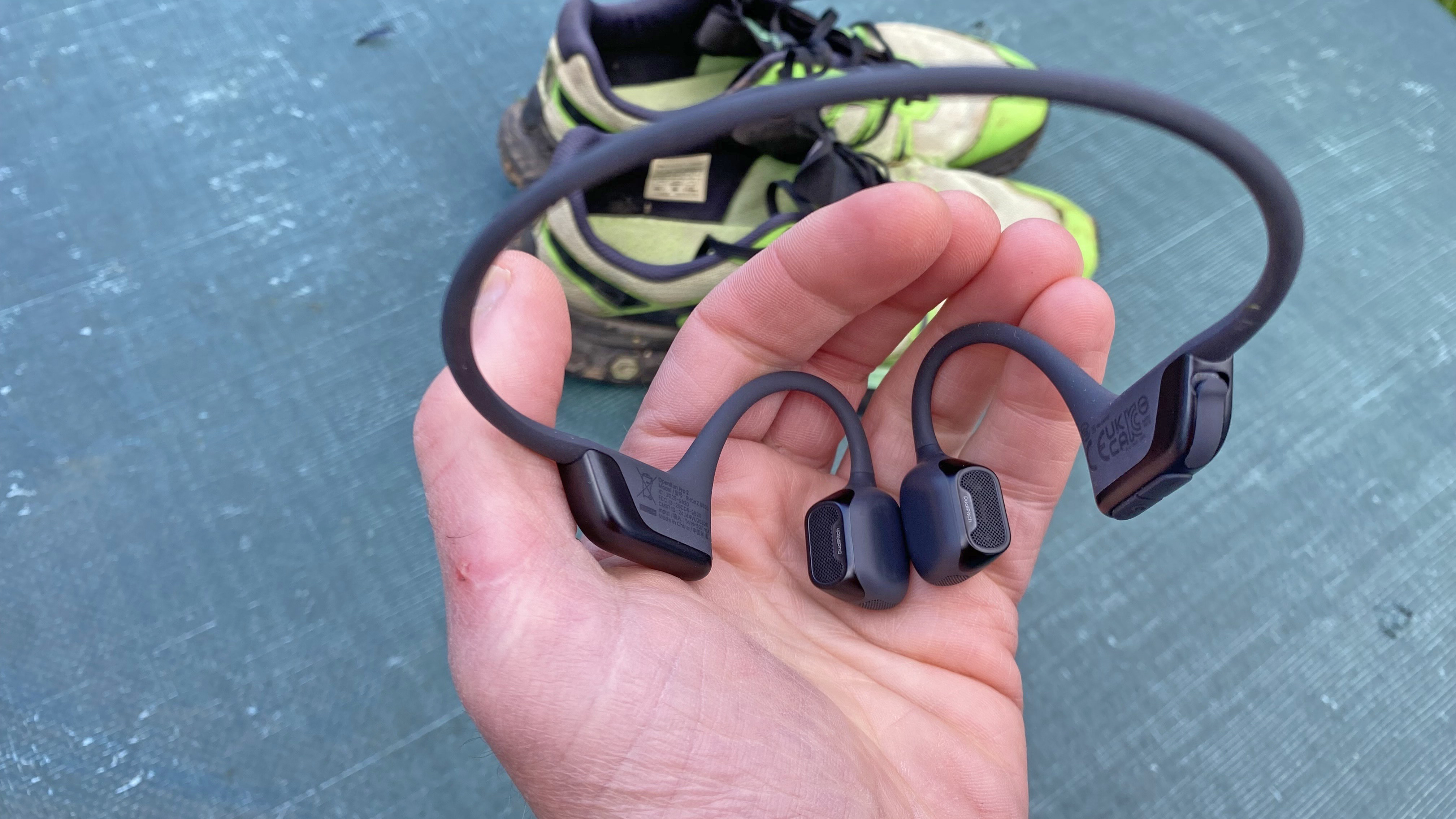
Boasting a bunch of big improvements on the original model, the Shokz OpenRun Pro 2 headphones last longer, feel more comfortable and perform much better than their predecessors, providing really high-quality audio to people on the move. Having not listened to music regularly while exercising outdoors for many years, I now find myself reaching for these headphones almost every time I run out the door, and I’m not sure how I feel about that. It is, however, a measure of the quality of the product.
Also consider
If you’d prefer buds to bone-conduction open-ear speakers, and you’re looking for rugged and durable Dolby Sound-equipped headphones to wear while working out, the Jabra Elite 8 Active are very much worth checking out. For a more affordable set of running headphones, consider the Soundpeats GoFree 2.
Sign up to the T3 newsletter for smarter living straight to your inbox
Get all the latest news, reviews, deals and buying guides on gorgeous tech, home and active products from the T3 experts

Author of Caving, Canyoning, Coasteering…, a recently released book about all kinds of outdoor adventures around Britain, Pat Kinsella has been writing about outdoor pursuits and adventure sports for two decades. In pursuit of stories he’s canoed Canada’s Yukon River, climbed Mont Blanc and Kilimanjaro, skied and mountain biked across the Norwegian Alps, run ultras across the roof of Mauritius and through the hills of the Himalayas, and set short-lived speed records for trail-running Australia’s highest peaks and New Zealand’s nine Great Walks. A former editor of several Australian magazines he’s a longtime contributor to publications including Sidetracked, Outdoor, National Geographic Traveller, Trail Running, The Great Outdoors, Outdoor Fitness and Adventure Travel, and a regular writer for Lonely Planet (for whom he compiled, edited and co-wrote the Atlas of Adventure, a guide to outdoor pursuits around the globe). He’s authored guides to exploring the coastline and countryside of Devon and Dorset, and recently wrote a book about pub walks. Follow Pat's adventures on Strava and instagram.
-
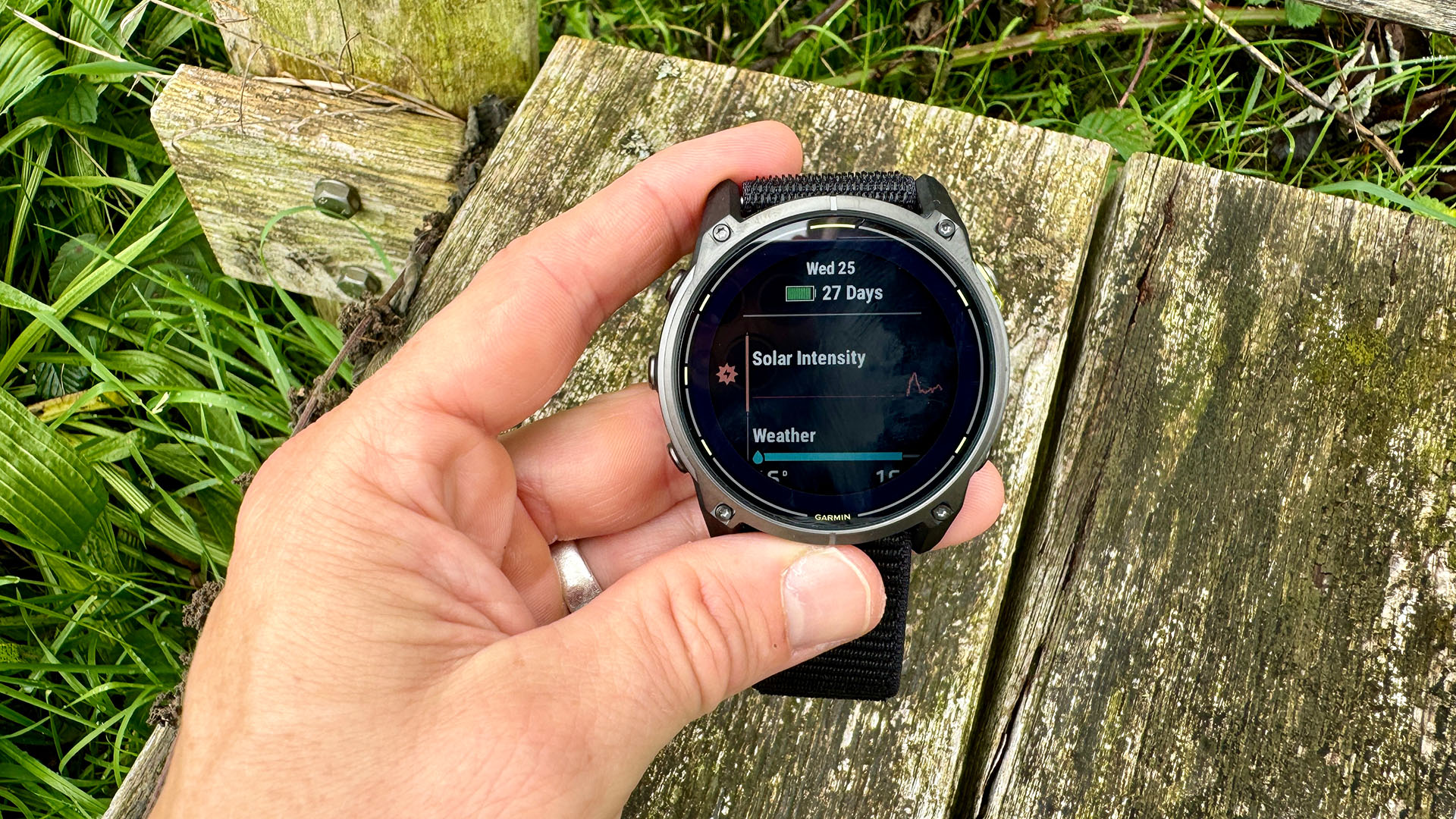 Garmin’s on a mission to update your wrist into oblivion as 100+ tweaks land on Fenix and Enduro watches
Garmin’s on a mission to update your wrist into oblivion as 100+ tweaks land on Fenix and Enduro watchesThe latest beta update looks comprehensive
By Matt Kollat Published
-
 Apple TV+'s beloved sci-fi series gets a surprise sequel and trailer
Apple TV+'s beloved sci-fi series gets a surprise sequel and trailerWondla is coming back
By Max Freeman-Mills Published
-
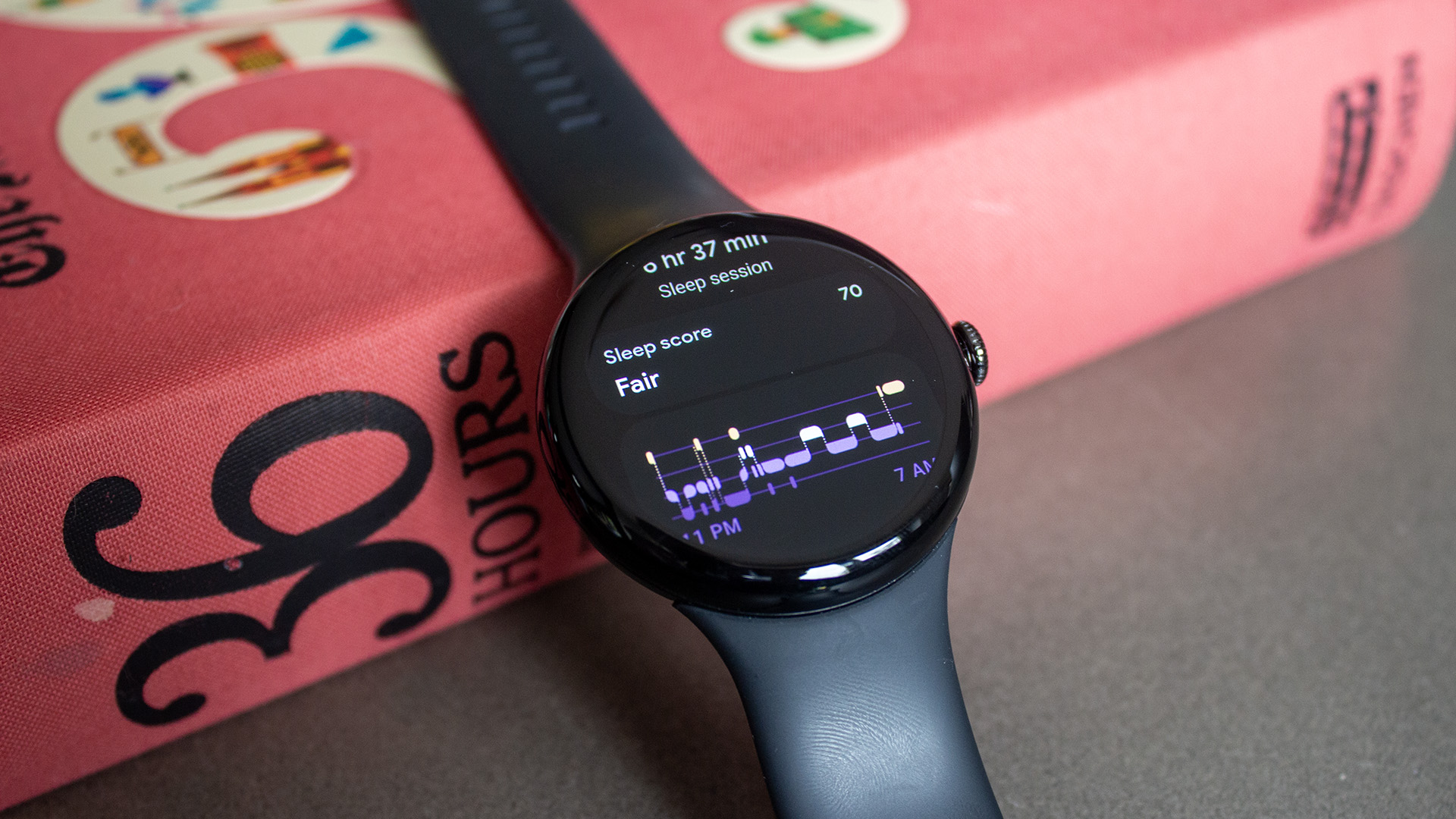 Google Pixel Watch 3 just got a potentially life-saving update in the US
Google Pixel Watch 3 just got a potentially life-saving update in the USThe latest update brings advanced heart monitoring to American wrists
By Matt Kollat Published